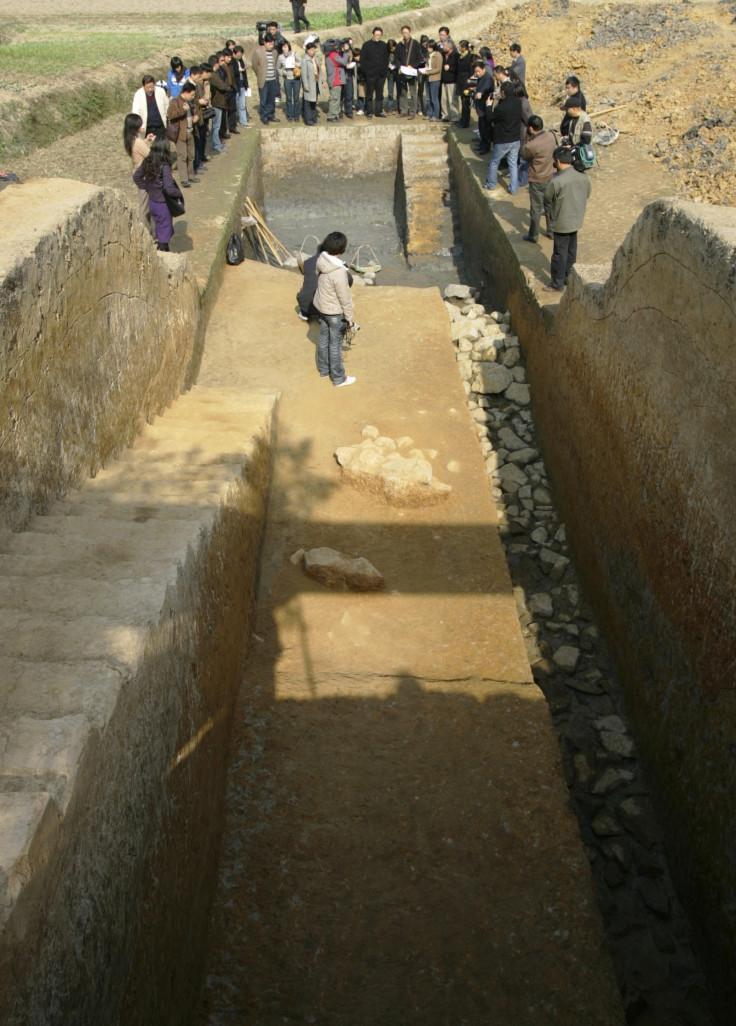Ancient waterway system discovered in China traces back 5,100 years to prehistoric Liangzhu culture
Researchers believe the hydraulic system may be the oldest in the world.

Archaeologists in China have discovered one of the ancient world's largest water engineering projects in what is today the Zhejiang Province. After four years of excavations and study, the research team was able to confirm that the water system along the Yangtze River Delta dates back 5,100 years, making it the oldest project in the world; 200 years older than a similar site discovered in Mesopotamia which was built around 4,900 years ago.
The scientific crew, made up of researchers from various Chinese institutes, believes that the intricate system was built by approximately 3,000 workers and took nearly a decade to be completed.
The structure which includes a series of high and low dams, as well as levees, was built by the Liangzhu society (circa 3300 BC to 2300 BC) — an agricultural Neolithic culture famous for its use of jade.
"The recently excavated Liangzhu hydraulic system in the Yangtze Delta has pushed back the date of formalised water engineering in China to approximately 5,100 years ago. The results are unprecedented in learning about the timing, structure, and function of a large-scale complex of dams, levees, ditches, and other water-controlling features in ancient China," the researchers state in their paper published in the Proceedings of the National Academy of Sciences (PNAS) journal.
The system included canals and moats that stretched more than 18 miles (29 km) in distance and were used to supply water from the river to the city's inhabitants and for agricultural use.
"Together with the well-excavated remains of Liangzhu city and its rice fields, the new findings represent one of the largest efforts of hydraulic landscape engineering in the ancient world," the paper mentioned.
Scientists used a combination of archaeological samples, remote sensing data, geographic modelling, and satellite imagery to identify the control of water from the river during the period between 5300 BC and 4300 BC.
"The scale of landscape transformation at Liangzhu indeed was unparalleled in its era," the researchers wrote, "thereby opening a window into how such a system originated and developed largely in isolation."
Study author Yijie Zhuang of the University College London told Newsweek that they now plan to identify locations of the water-releasing outlets and understand how the system was managed.
Investigation of architectural remains of the Liangzhu culture indicates that it faced recurrent flooding, which eventually led to its demise.
Excavations have revealed city walls, residences, docks, workshops, altars and tombs. Based on the burial sites and contents of tombs found, archaeologists were able to surmise that the society was one of strict social hierarchy. High-ranking people were buried with jade, silk and ivory while tombs of those lower in the social structure were adorned with pottery.






















